

What this deal will deliver

— Ministry of Defence

(@DefenceHQ) October 23, 2024
The first-of-its-kind agreement was signed in London today by U.K. Defense Secretary John Healey and his German counterpart Boris Pistorius.
“The signing of the Trinity House Agreement marks a fundamental shift in the U.K.’s relations with Germany and for European security,” the U.K. government said in a statement. “This agreement between Europe’s two biggest defense spenders will strengthen national security and economic growth in the face of growing Russian aggression and increasing threats.”
Anti-submarine warfare
Surprisingly, in the United Kingdom, the most attention has so far been devoted to the agreement’s plan for German aircraft to operate from Scotland. Possibly starting as early as next year, the German Navy’s P-8 maritime patrol aircraft will “periodically operate” out of RAF Lossiemouth, supporting the resident U.K. Royal Air Force Poseidon fleet of nine aircraft. Germany has eight P-8s on order.
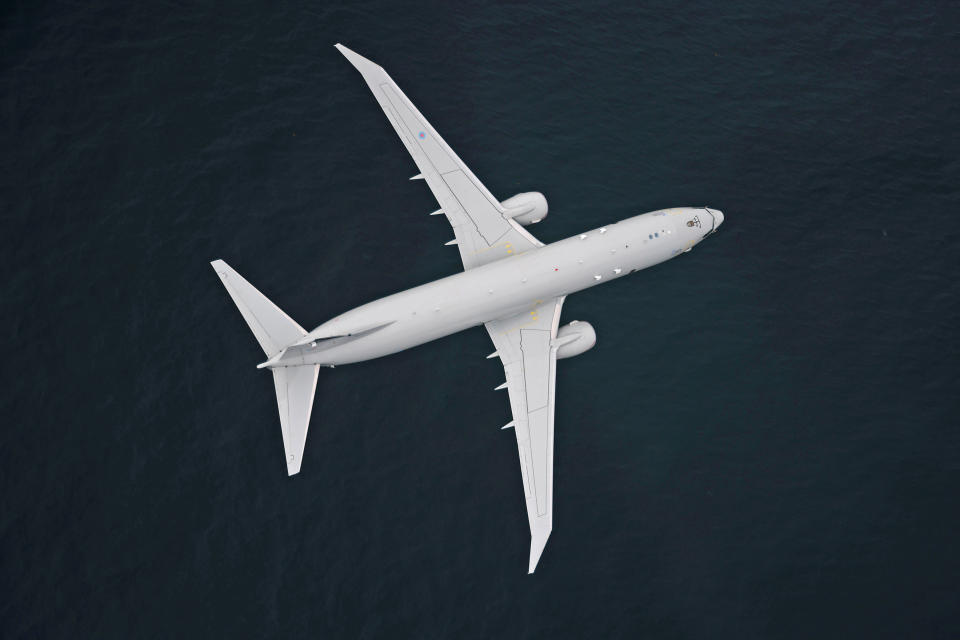
A U.K. Royal Air Force P-8 Poseidon maritime patrol aircraft, seen here flying over the coast of Scotland. Crown Copyright Cpl Adam Fletcher
The Times of London described the P-8s as “German spy aircraft,” although these are multi-mission platforms that are primarily tasked with protecting the Baltic Sea and the North Atlantic against potential Russian aggression and tracking Russian submarine activity, which has been a growing area of concern for some time now.
Responding to some of the more hyperbolic reports about the deployment, RAF Lossiemouth posted the following meme on X:
Admiral Sir Tony Radakin, the head of the U.K. Armed Forces, warned last year of a “phenomenal increase in Russian submarine and underwater activity” over the past two decades.
A reference in the statement from the U.K. government to “Sting Ray torpedoes procurement” also suggests that, in the future, the German P-8s might also be armed with these British-made anti-submarine weapons. The United Kingdom announced last year that it would arm its P-8s with the Sting Ray alongside the continued use of the U.S.-made Mk 54 torpedo.
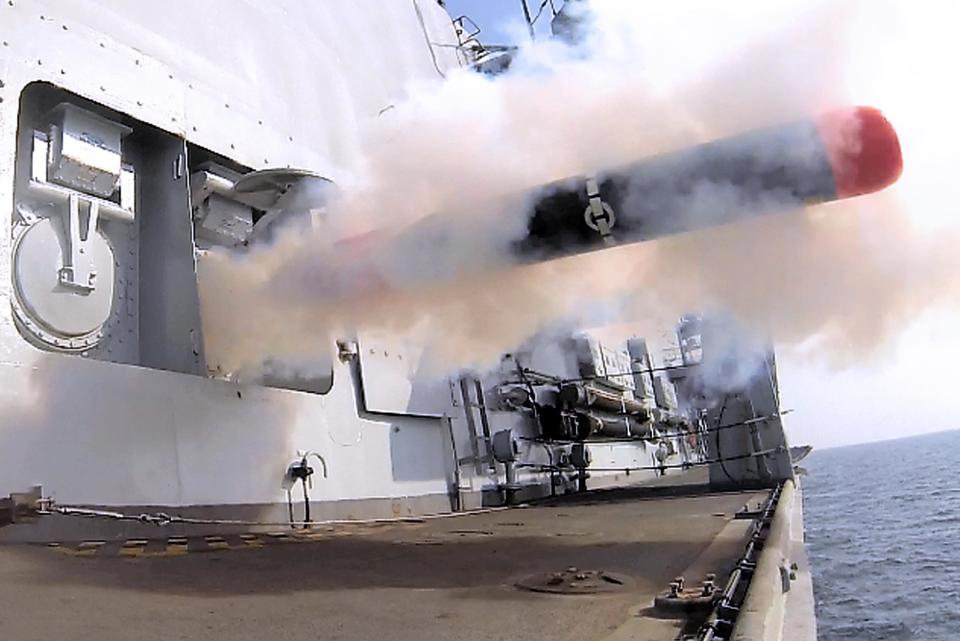
A Stingray Training Variant Torpedo is fired from Type 23 frigate HMS Westminster during an exercise. Crown Copyright LA(Phot) Dan Rosenbaum
Previously, the United Kingdom and Norway discussed plans to cooperate on P-8 operations, and adding Germany to this group would provide a further boost to NATO’s ability to effectively patrol the North Atlantic, including the strategically vital Greenland, Iceland, United Kingdom Gap, better known as the GIUK Gap. This is a critical bottleneck that is closely monitored. If Russian submarines can sneak through undetected, they have a much better chance of disappearing into the Atlantic without being traced. During a full-blown conflict, this would likely include wreaking havoc on NATO shipping and naval flotillas and executing pinpoint attacks on key land targets.
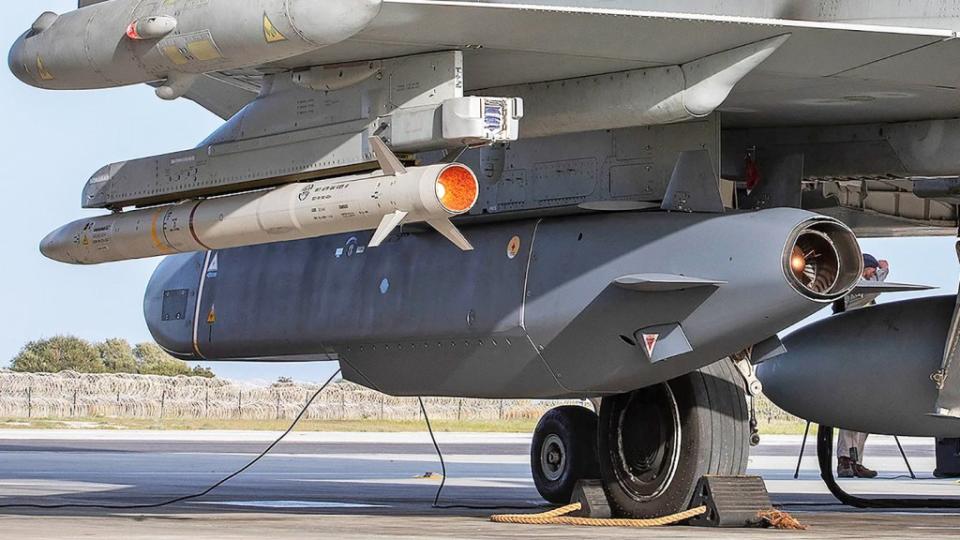
A Storm Shadow missile under the wing of a U.K. Royal Air Force Typhoon fighter. Crown Copyright Crown Copyright
Previous reports suggested that the United Kingdom was looking at a strike weapon that would have a range of about 2,000 miles, which would allow it to reach Moscow after a launch from eastern Germany. The weapon was said to be a deterrent to Russian tactical nuclear missiles, which are being fielded in increasingly advanced and long-reaching forms, including in Kaliningrad, the Russian exclave on the Baltic Sea.
This is an extension of the agreement from the NATO Defense Ministers meeting in Brussels last week. On the sidelines of that meeting, the United Kingdom announced it was joining the European Long-Range Strike Approach (ELSA) initiative, a French-led effort that involves Germany, Poland, and Italy. Previous announcements state that ELSA envisages a missile with a range of between 1,000 and 2,000 kilometers (621 and 1,243 miles) — significantly less than what is reportedly now proposed for the U.K.-German program — and that it should be in service by the 2030s.
The UK has agreed to take part in the European Long-range Strike Approach (ELSA). Not unexpected given earlier signals from German-UK meetings in July. Helpfully though the UK MOD press release provides a planned in-service entry date ‘by the 2030s’.https://t.co/jiv123Yfsi pic.twitter.com/aSD0nuYVKk
— Timothy Wright (@Wright_T_J) October 17, 2024
The United States and Germany have also announced that U.S. long-range missiles will be temporarily stationed in Germany starting in 2026, including the SM-6 multi-purpose missile and Tomahawk cruise missile as well as “developmental hypersonic weapons.”
Missile defense
Long-range strike is very much an area of interest in Europe right now, as is air defense, especially against missile threats. The Anglo-German agreement includes a pledge to work jointly with undisclosed partners to integrate air defense systems “to better protect European airspace against the threat of long-range missiles.”
The joint air defense efforts may well end up building upon the European Sky Shield Initiative (ESSI), an agreement signed in 2022 by defense ministers from 14 NATO countries and Finland (now also an alliance member). Spearheaded by Germany and also including the United Kingdom, ESSI plans to form a common air defense procurement and deployment alliance, as you can read about here.
The specific reference today to “the threat of long-range missiles” is interesting, although it’s unclear if these are ballistic missiles — of the kind that Germany’s Arrow 3 procurement aims to counter — or cruise missiles, or both.
Drone programs
Although details are scarce, the agreement references different drone programs that the United Kingdom and Germany will pursue together.
One of these involves new uncrewed air systems “that could operate alongside our fighter jets, as well as drones that can be used by other military force[s].”
Concepts for drones that can operate collaboratively with crewed fighters have already been gaining traction in Europe. In Germany, Airbus unveiled its fighter-like stealthy Wingman uncrewed concept aircraft this summer. This is also intended to fly collaborative missions alongside crewed fighters and is being pitched as a low-cost solution — with a price tag equivalent to one-third that of a modern crewed fighter — that can be brought into production and fielded rapidly.
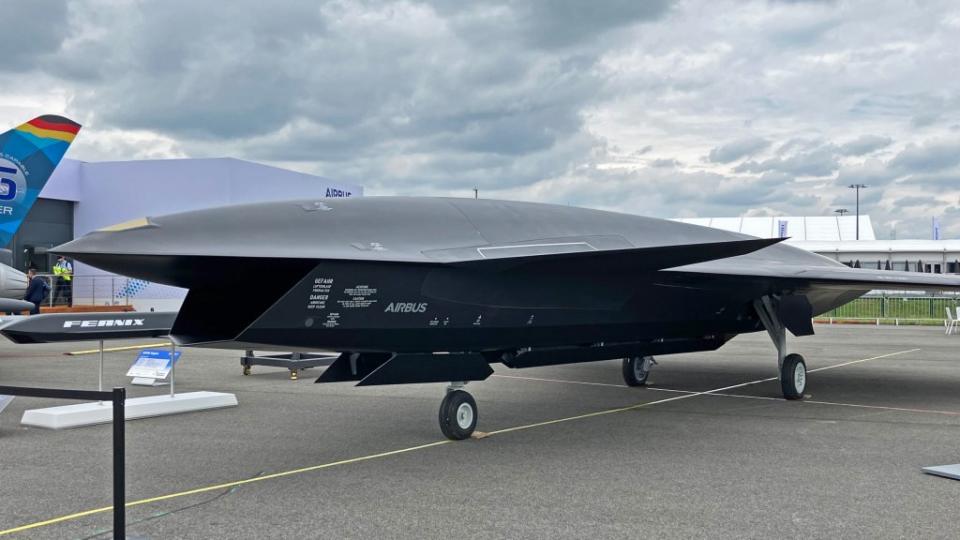
The Airbus Wingman concept aircraft broke cover this summer when it was formally unveiled at the ILA Berlin aerospace show. Thomas Newdick Thomas Newdick
Airbus has said that the Luftwaffe or German Air Force has “expressed a clear need” for a drone in this class and it might also feed into any related collaboration between the United Kingdom and Germany.
The U.K. Royal Air Force has its own drone initiative known as the Lightweight Affordable Novel Combat Aircraft (LANCA) program, which is looking into a range of future kinds of drones. At one stage, this included Project Mosquito, which planned to test a ‘loyal wingman’-type drone capable of working together semi-autonomously with manned aircraft, but this was canceled in 2022.
More recently, British attention has turned to drones that combine high performance with a low enough cost that commanders will consider them “disposable” — meaning they are willing to sacrifice them in contested environments. One such concept is the Jackdaw, proposed by QinetiQ, the U.K. defense technology company, which was announced last year. It envisages a drone able to fly autonomously alongside crewed aircraft, as well as operate in swarms.

Plans call for a Proteus flying demonstrator to take to the air next year and a production version is planned to provide anti-submarine warfare support as part of the Royal Navy’s Future Maritime Aviation Force (FMAF).
A rotary-wing drone may well be of interest to Germany, too. The German Navy planned to buy Swedish-made UMS Skeldar V-200 helicopter drones, for use on its Braunschweig class corvettes, but the project was canceled since the drones reportedly failed to meet requirements.
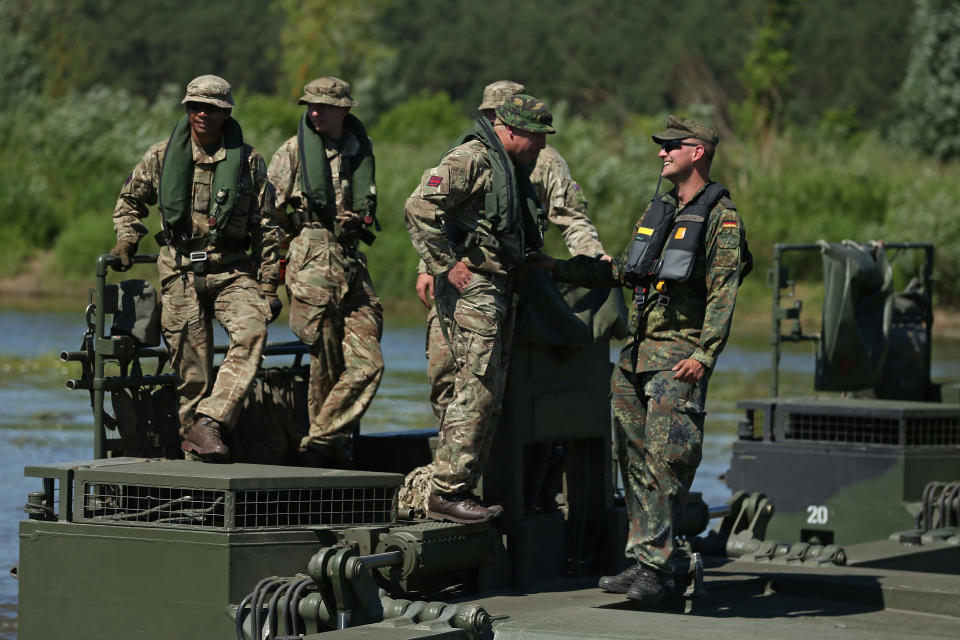
German and British soldiers during a joint operation at the Neman River during the Saber Strike 2018 military exercises in Zapyskis, Lithuania. Photo by Sean Gallup/Getty Images Sean Gallup
“We must not take security in Europe for granted,” German Defense Minister Boris Pistorius said. “Russia is waging war against Ukraine, it is increasing its weapons production immensely and has repeatedly launched hybrid attacks on our partners in Eastern Europe.”
Pistorius also stated that the various cooperation projects outlined in the agreement are “open to other partners.”
Moscow’s full-scale invasion of Ukraine has highlighted critical capability gaps in NATO in Europe, as well as shone a light on the potential vulnerability of the alliance’s eastern flank to Russian aggression. With that in mind, today’s agreement is a clear signal that the United Kingdom and Germany see military cooperation as a prerequisite for strengthening NATO in Europe.
Contact the author: [email protected]
Source link : http://www.bing.com/news/apiclick.aspx?ref=FexRss&aid=&tid=671ab07b53264797b1ef76dae5f6e294&url=https%3A%2F%2Fwww.yahoo.com%2Fnews%2Fgerman-p-8s-fly-u-165022959.html&c=17739360863756997523&mkt=en-us
Author :
Publish date : 2024-10-23 10:20:00
Copyright for syndicated content belongs to the linked Source.



